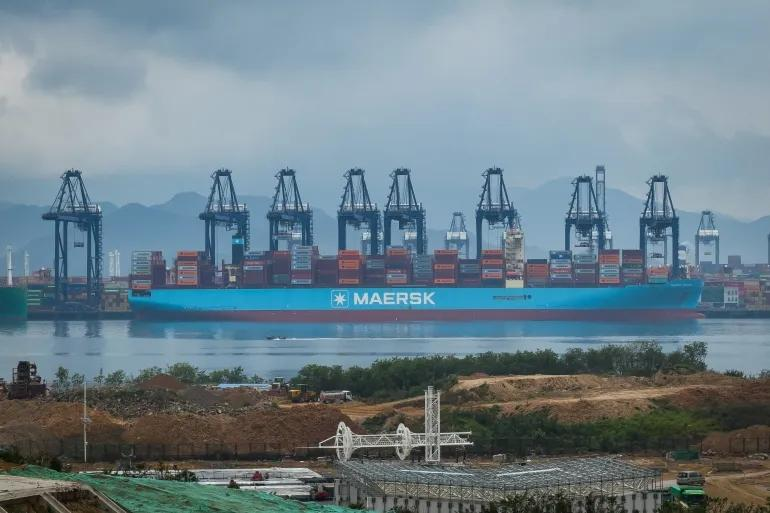Glimmer of Hope in Trade Tensions

China has signalled a cautious openness to engaging in trade discussions with the United States, following recent overtures from the Trump administration. This development comes amidst a prolonged trade war characterized by escalating tariffs and retaliatory measures that have strained economic relations between the two nations.
The Chinese Ministry of Commerce acknowledged receiving proposals from the US to initiate negotiations concerning the extensive tariffs imposed by President Donald Trump. While expressing a willingness to consider these overtures, Beijing emphasized that any meaningful dialogue would require the US to demonstrate sincerity by addressing what China perceives as unilateral and erroneous actions, particularly the imposition of steep tariffs.
The trade conflict has seen the US implement tariffs as high as 145% on Chinese goods, prompting China to respond with its own set of tariffs and trade barriers. These measures have disrupted global supply chains, impacted markets, and contributed to economic uncertainties in both countries.
Economic indicators reflect the toll of the trade war. In the US, certain sectors have experienced challenges, while in China, manufacturing growth has slowed, and concerns over employment have risen. The International Monetary Fund has adjusted its global growth forecast downward, citing the trade tensions as a contributing factor.
Despite the tough rhetoric, there have been subtle signs of flexibility. China has reportedly implemented selective tariff exemptions on certain US products and has taken steps to support its private sector. These actions suggest a strategic approach to mitigate the impact of the trade war while keeping the door open for negotiations.
The Trump administration maintains that its tariff strategy aims to address trade imbalances and protect American industries. President Trump has indicated a willingness to reach a fair trade deal, provided that China takes steps to rectify the issues at hand. However, Beijing remains firm in its stance that any resolution must involve the removal of the imposed tariffs and a return to equitable trade practices.
Global markets have responded to the potential for renewed talks with cautious optimism. Stock indices in Asia and Europe have experienced upticks, reflecting investor hopes for a de-escalation of the trade conflict. Nevertheless, the path to a comprehensive agreement remains uncertain, with both sides holding firm to their respective positions.
In the broader context, the trade war underscores the complexities of US-China economic relations and the challenges inherent in resolving disputes between two major global powers. As both nations navigate the economic and political ramifications of their actions, the international community watches closely, recognizing the far-reaching implications of their decisions.
The coming weeks may prove pivotal in determining whether the current signals of openness translate into substantive negotiations and, ultimately, a resolution to the ongoing trade tensions. For now, stakeholders across various sectors remain vigilant, aware that the outcomes will significantly influence global economic dynamics











